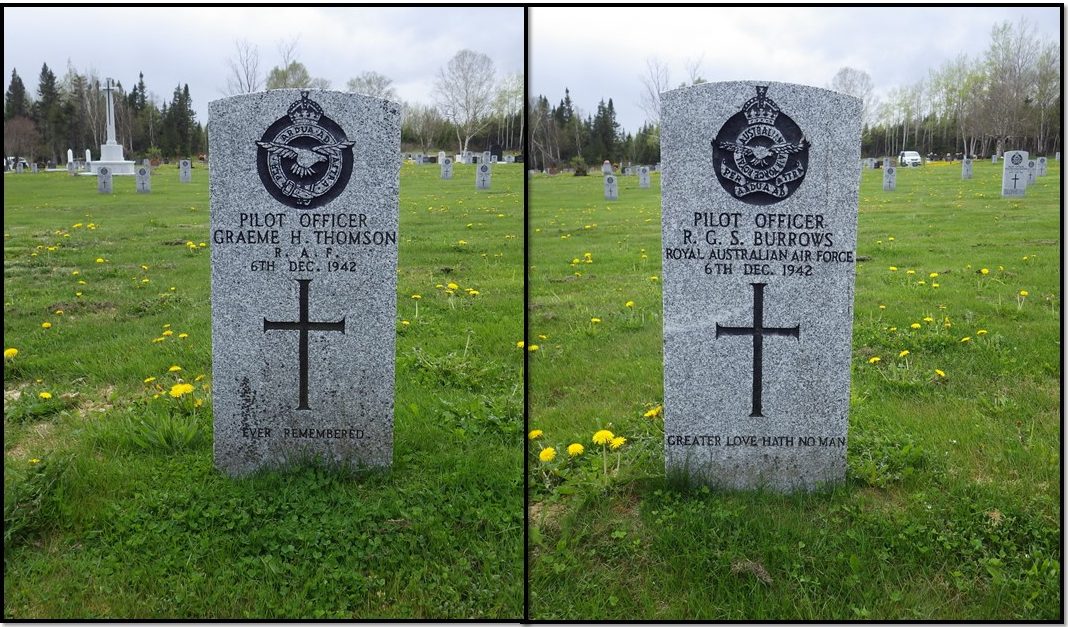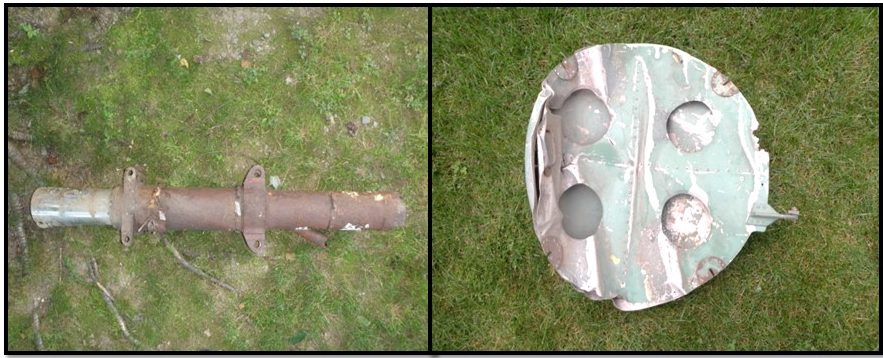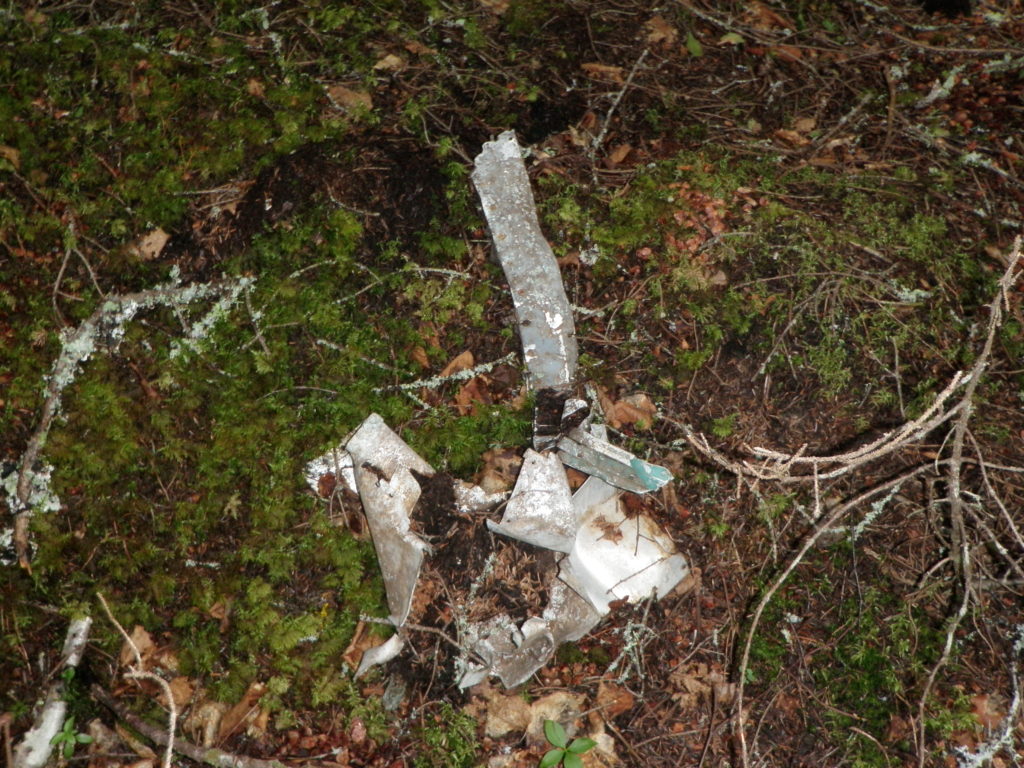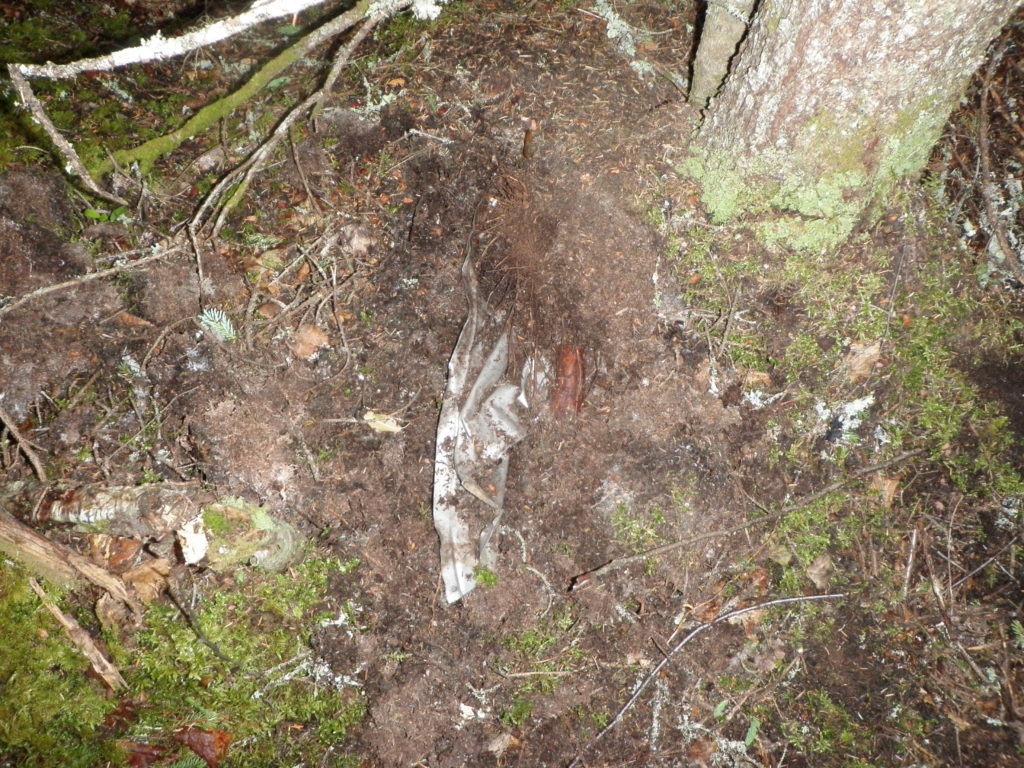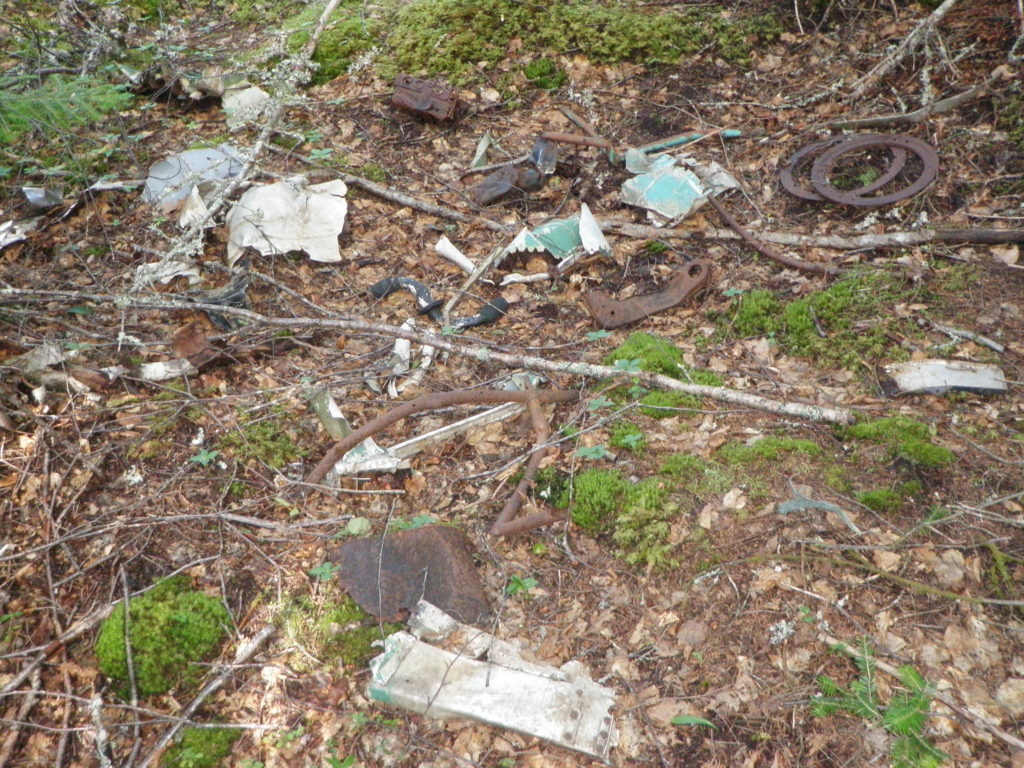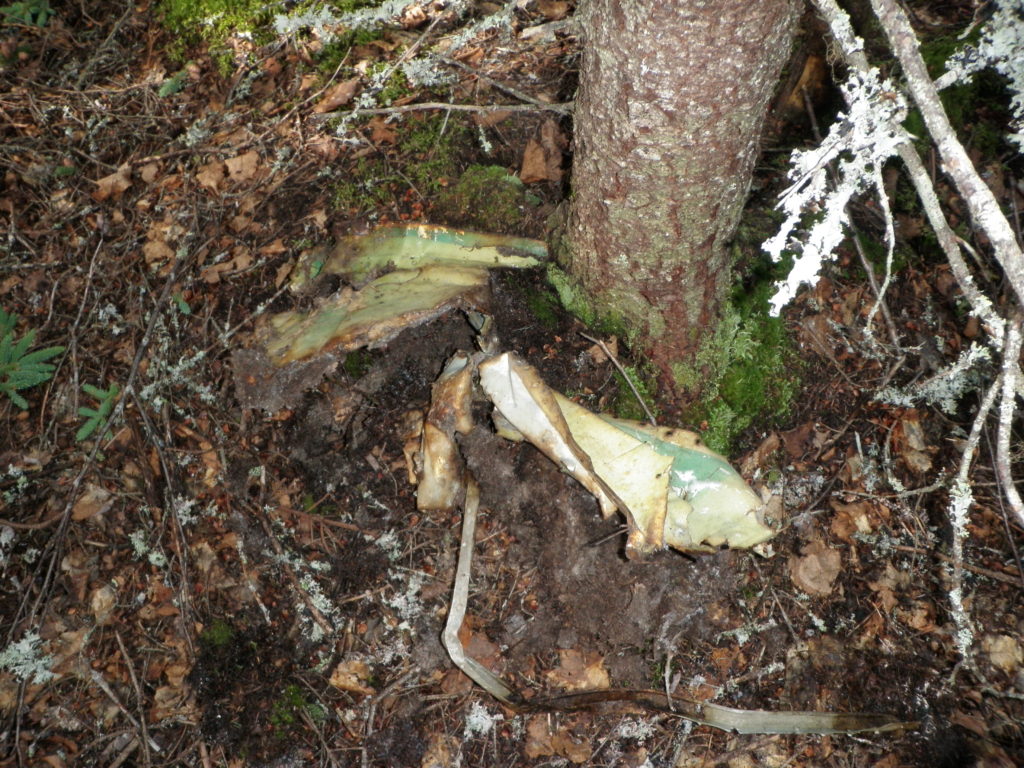It is 11 November 2018, and I am taking a moment to reflect.

Commemoration ceremony held in 2009 in Gander to remember those who perished in a crash on 14 February 1945. Second from the left is Bill Dolan, the son of the pilot on that flight. Find more information on this crash from Hillier’s thesis.
Much of my work is remembrance. While not every story involves tragedy, one of my goals is to get the names of those who were involved in Newfoundland and Labrador aviation out of the archives and on the internet so they can be more easily found. I have had many family members contact me to tell me how they found their loved one and links to other documents, through this work. It may not always be war stories, but many who were involved in aviation between and after the wars were typically aviators during the war, such as many of those involved in the Great Atlantic Air Race that pioneered trans-Atlantic Aviation, making way for Ferry Command in the Second World War.
While my work has kept me away from my blog posts, I have been working to continue my work. In the past few months, I have had an article come out about the American Overseas Airlines crash in Stephenville in 1946. This aircraft was looking to bring the families of those helping to rebuild Germany after the war together, but, tragically, there were no survivors. The article is online through the AP Online Journal in Public Archaeology called An Empty Graveyard: The Victims of the 1946 AOA DC-4 Crash, Their Final Resting Place, and Dark Tourism. The other articles all look at archaeology, death, ethics, and our perceptions of death in the contemporary world. I want to thank Howard Williams and Lorna-Jane Richardson for accepting my article into this journal, and for the help they and the other reviewers provided. This is my first sole author peer-reviewed article.
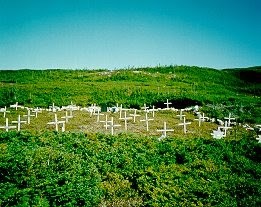
Images of the memorial cemetery from heritage.nf.ca. Note, since this image was taken, many of the wooden crosses have fallen.
Last week, the chapter in a book I have been working on came out. The book is Canadians and War, Volume 3 and my essay is called Sacrifice in Second World War Gander. The essay looks at the first tragedies associated with Gander during the war. First is the events around the crash and death of Sir Frederick Banting. Those who died in that crash were sent back to the mainland for burial. Months later, the next aviation tragedy happened in Gander with the crash of RCAF Digby 742. Due to these events, it was recognized that there would be more tragedies at the airbase, and this lead to the establishment of the Commonwealth War Graves at Gander. For this work, I want to thank Jeremy Lammi, his editors, and Darrell Hillier for helping me and catching some of my errors in earlier drafts.
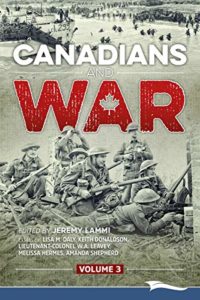
Canadians and War, Volume 3, published by Lammi Publishing, 2018.
Finally, later this month, the Association of Newfoundland and Labrador Archives are having a symposium, and I was asked to be a part of the event. I will be giving a talk alongside other archaeologists, historians, and heritage professionals. I look forward to coming home for the event. It will take place at the rooms, and tickets can be purchased at anla@aibn.nf.ca. This talk looks more at the mechanics of research, the various sources and archives that I use, with a focus on Second World War Gander.

Finally, I did not write in this text, but I did contribute a photo. I do not have a copy yet, but I look forward to reading A Shadow of War: Archaeological Approaches to Uncovering the Darker Sides of Conflict from the 20th Century by Claudia Theune.
While I have not been posting here lately, I have been working on other projects while working CRM archaeology in New Brunswick. My heart certainly belongs to Newfoundland and Labrador heritage, and I will continue to work to tell the stories of Newfoundland and Labrador aviation.


